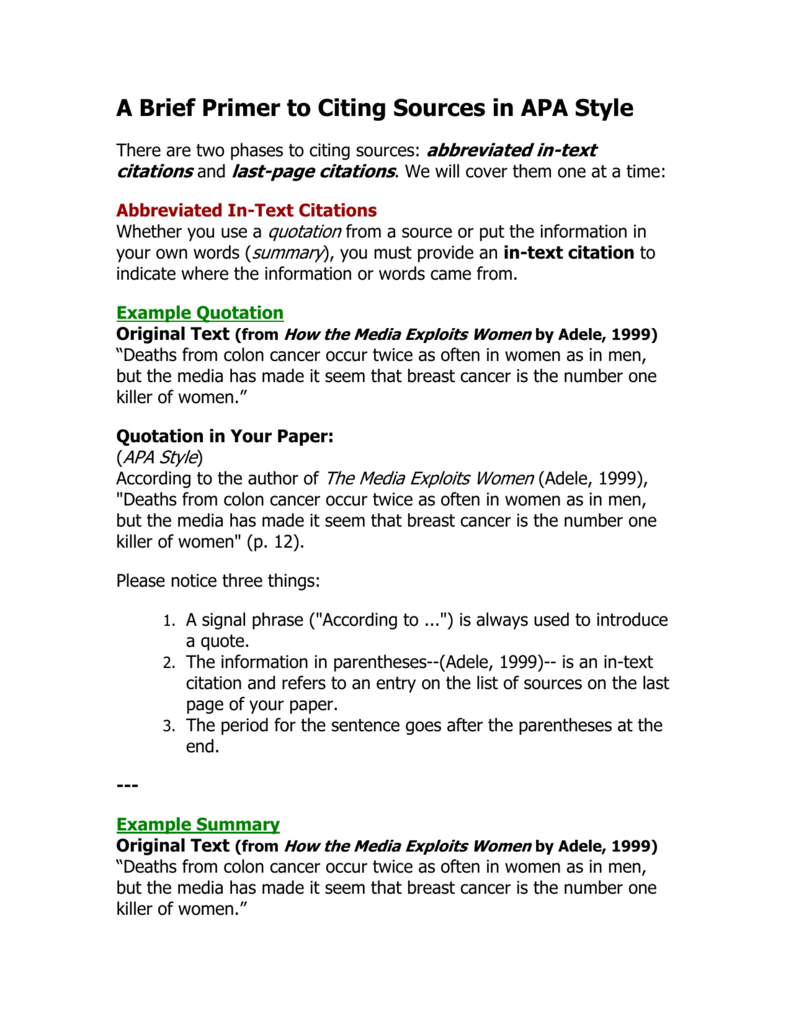

Multimedia: Printed material is certainly not the only option for finding research. Pamphlets and leaflets can be useful for quick reference or very general information, but beware of pamphlets that spread propaganda or misleading information.

While the information they provide can be accurate, approach them with caution, as these texts' publishers may have vested interests in highlighting particular facts or viewpoints.įlyers, Pamphlets, Leaflets: While some flyers or pamphlets are created by reputable sources, because of the ease with which they can be created, many less-than-reputable sources also produce these. Press Releases and Advertising: Companies and special interest groups produce texts to help persuade readers to act in some way or inform the public about some new development. Note that most government reports and legal documents can now be accessed online. Census Bureau publishes from census data. An example of a government report would be any of the reports the U.S. These types of documents can be excellent sources of information due to their regularity, dependability, and thoroughness. Government Reports and Legal Documents: The government regularly releases information intended for internal and/or public use. While a well-regarded journal represents the cutting-edge knowledge of experts in a particular field, journal articles can often be difficult for non-experts to read, as they tend to incorporate lots of technical jargon and are not written to be engaging or entertaining. Journal articles come in several forms, including literature reviews that overview current and past research, articles on theories and history, and articles on specific processes or research.

This is exacerbated by the rapid publication cycles most newspapers undergo: new editions must come out frequently, so long, in-depth investigations tend to be rarer than simple fact-reporting pieces.Īcademic and Trade Journals: Academic and trade journals contain the most up-to-date information and research in industry, business, and academia. However, due to journalistic standards of objectivity, news reporting will not always take a “big picture” approach or contain information about larger trends, instead opting to focus mainly on the facts relevant to the specifics of the story. Newspapers publish both factual information and opinion-based articles. Newspapers: Newspapers contain very up-to-date information by covering the latest events and trends. However, because they are usually much longer, they can often cover topics in greater depth than more up-to-date sources. Because of the time it takes to publish a book, books usually contain more dated information than will be found in journals and newspapers. Print Sourcesīooks and Textbooks: Odds are that at least one book has been written about virtually any research topic you can imagine (and if not, your research could represent the first steps toward a best-selling publication that addresses the gap!). This section lists the types of sources most frequently used in academic research and describes the sort of information that each commonly offers. With so many information sources at our fingertips, knowing where to start, sorting through it all and finding what we want can be overwhelming! This handout provides answers to the following research-related questions: Where do I begin? Where should I look for information? What types of sources are available? We live in an age overflowing with sources of information.

Writing Letters of Recommendation for Students.


 0 kommentar(er)
0 kommentar(er)
